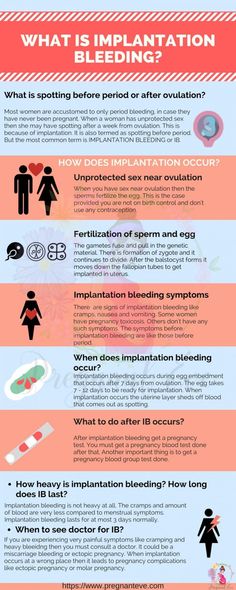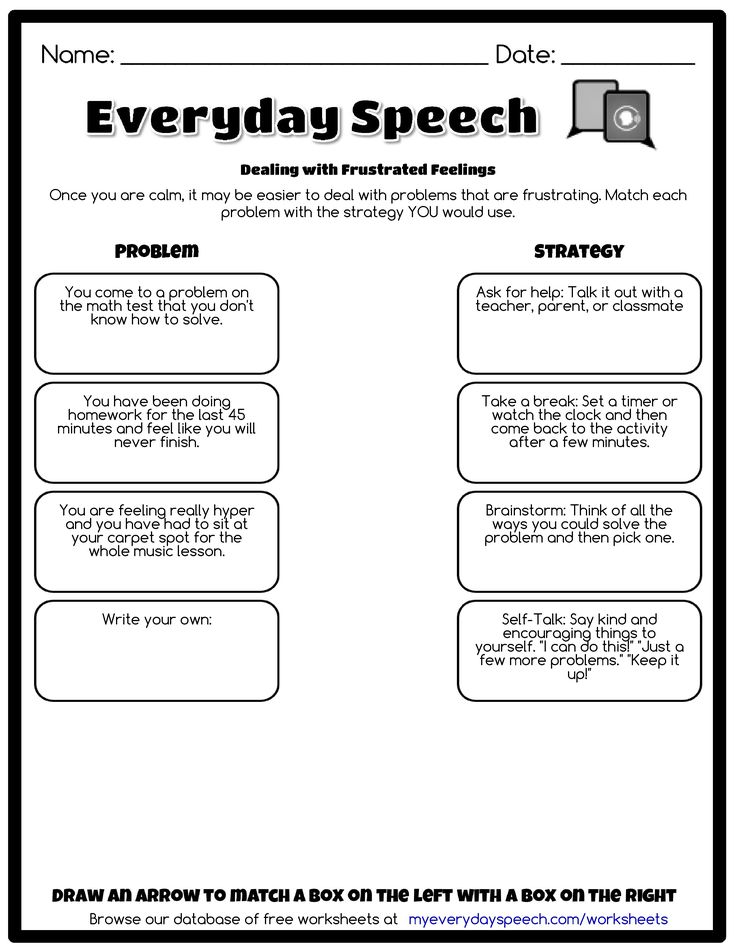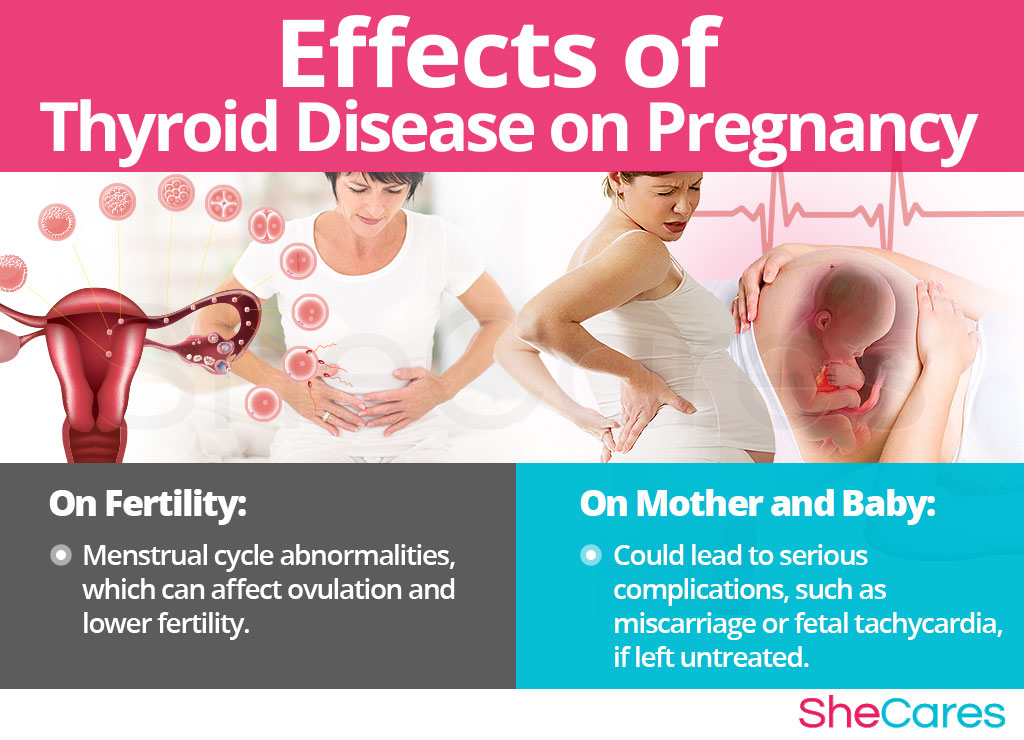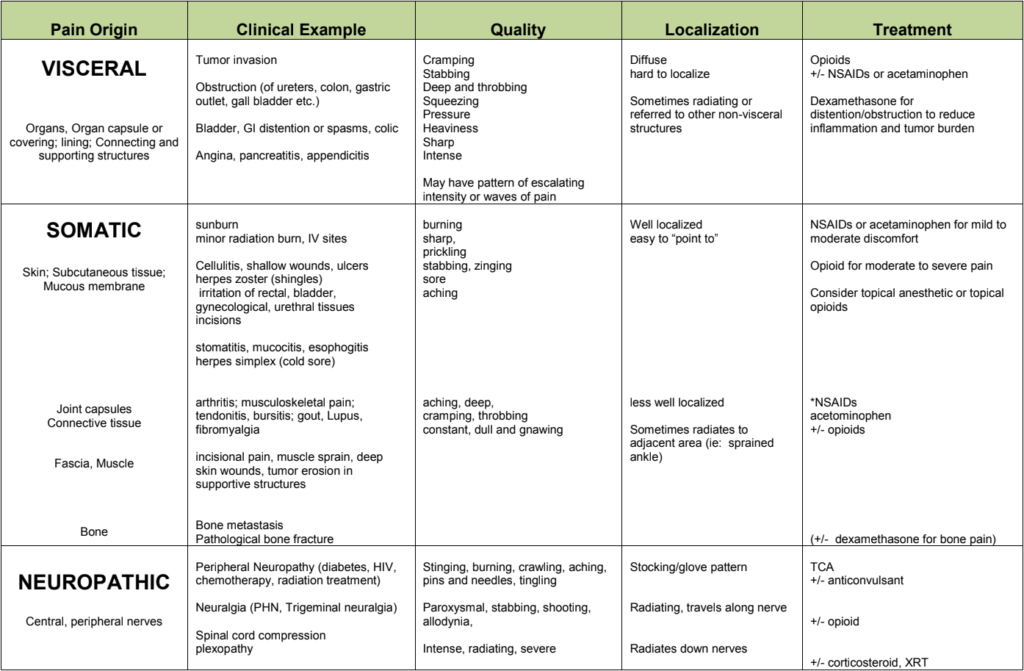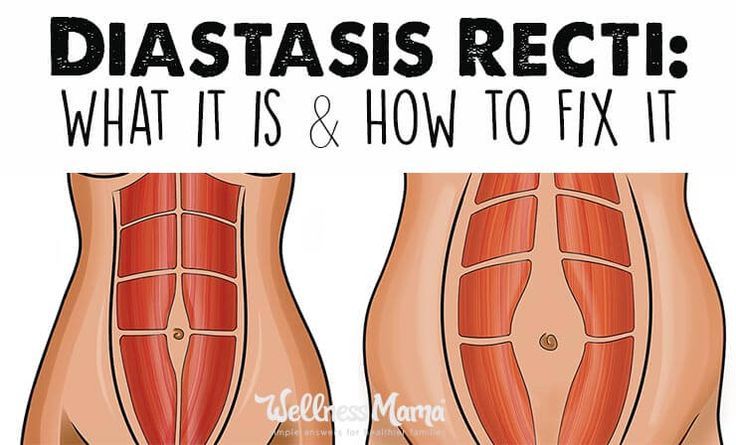How many times a day should an 8 month old eat solids
Balancing introducing solids with milk feeds
At around 6 months of age babies need to start having solid foods as well as breastmilk or formula. Find out how to get started with solid foods and what are the best foods to start with.
When to introduce solids?
At 6 months, your baby will still be getting most of their nutrition from breast milk or formula.
As you introduce solid foods, continue feeding with breastmilk or formula until at least 12 months of age.
Start to introduce solid foods at around 6 months of age when:
- your baby can sit up with support and has good head control
- your baby starts to show interest in food such as watching and reaching out when they see food
Even though some babies show these signs from an earlier age, continue to offer your baby breastmilk or formula if they appear hungry. This is usually all they need until around 6 months. It’s recommended that you don’t introduce solids before 4 months.
How to introduce solid foods into your baby’s diet
Start feeding your baby solids once a day. Your baby will take only small amounts of solid foods at first. Try one teaspoon at first of pureed vegetable, fruit, or rice cereal in between milk feeds.
From 6 to 9 months continue to give your baby breastmilk or formula first, then try solids after the milk.
From 9 months you can try to give solids first, then breastmilk or formula. This allows for your baby to naturally transition to solids by around 12 months.
At around 8 to 9 months try giving your baby solids as part of breakfast, lunch, and dinner.
Continue breastmilk or formula through the first year of life while foods are being introduced. From around 6 months you can try small amounts of cooled boiled water out of a sippy cup.
Which foods first?
From 6 months of age baby’s first foods should contain iron. Foods that have iron, include:
- iron-fortified baby cereals
- meat
- poultry
- fish
- legumes - lentils, beans, or chickpeas
Guidelines recommend that you can introduce foods in any order and at a pace that suits your baby, family, and cultural backgrounds, as long as some foods servings contain iron.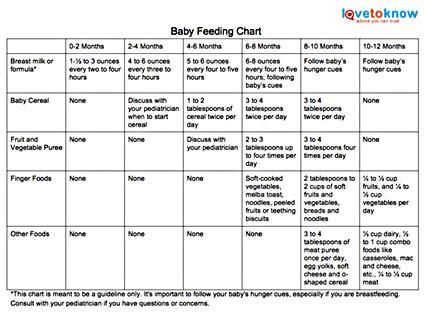
Your baby’s first foods can be smooth, mashed or have soft lumps.
Choose from the 5 food groups.
Vegetables and legumes
Give your baby cooked and pureed:
- pumpkin
- sweet potato
- carrots
- potato
- peas
- broccoli
- cauliflower
- zucchini
Over time puree them less so the texture gets lumpier.
Then introduce vegetables that are cooked but not pureed.
Fruit
Give your baby stewed and pureed:
- apples
- pears
- peaches
- apricots
- berries
Your baby might also like to try mashed ripe banana.
Gradually introduce pieces of cooked fruit, banana, peach and grated raw apple.
Avoid larger pieces of raw apple; babies can choke on them.
Grains and cereals
Give your baby fortified infant cereals (e.g. rice cereal) to start.
Move to cooked rolled oats, wholegrain breakfast biscuits (Weetbix, Vita Brits) or thick infant cereals.
Don’t add sugar or honey or offer cereals with chocolate or added sugar.
Meat, fish, poultry, eggs, legumes, tofu
Meat, fish, poultry eggs, legumes, tofu should always be pureed when you start introducing solids.
When your baby accepts this, offer them bite size pieces of:
- chicken
- minced meat
- flaked fresh or canned fish (in spring water)
- mashed tofu
- mashed legumes
- scrambled or mashed boiled eggs
Don’t add salt. Also avoid processed meats as they have a lot of salt.
Milk, cheese, yoghurt
Formula should be used only until your baby is 12 months old. Then small amounts of milk can be added to foods like porridge. Breast feeding is recommended to continue until the age of 2 or longer.
Grated cheese is good in mashed vegetables.
Choose yoghurt without added sugar. Add fruit for extra flavour
What drinks should I be giving my baby?
After 12 months of age breastmilk, water (clean tap water or bottled water) and full fat cow’s milk should be the main drinks you offer your baby.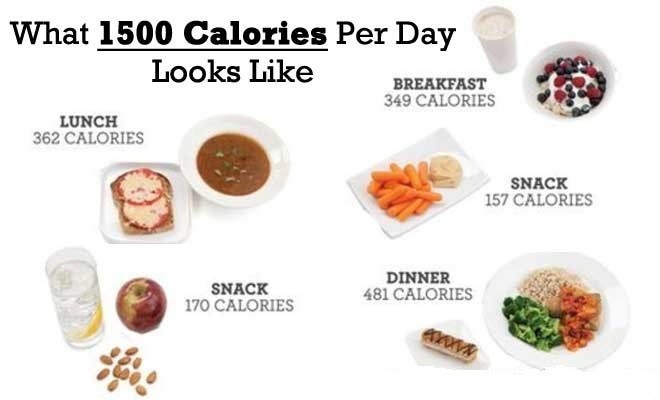
Keep breastfeeding for as long as you and your baby like.
Switch from formula to full fat ordinary cow’s milk after 12 months. Your child doesn’t need toddler milk products. Offer your baby a cup to drink from rather than a bottle. Your one-year-old should be exclusively drinking from a toddler cup.
From about 12 months, you can try rice milk and oat milk (fortified with at least 100mg calcium/100mL) if you want. But these drinks don’t have enough protein and vitamin B12. Your baby will need to have plenty of meat, poultry, fish, eggs, yoghurt, or cheese to make up for what they’re not getting from cow’s milk.
How much should I feed my baby?
Your baby will grow at different rates at different times. Their appetite can vary, even from day to day.
Babies don’t know what to eat but they know how much. Provide wholesome, healthy unprocessed food choices. Take your cue from your baby. Babies tend to turn away or lose interest when they’ve had enough to eat.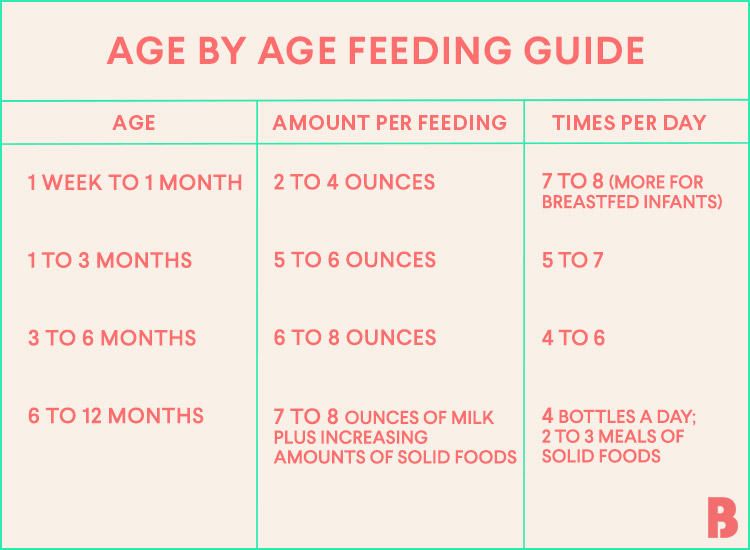
Finger foods and self-feeding
By 9 to 12 months, most babies like finger foods. Finger foods are foods they can hold themselves.
Some also like to hold their own spoon at that age. It will be messy! But learning to feed themselves is important.
By 12 months, your baby can eat the same healthy food you serve your family.
Foods to limit or avoid when introducing solids
There are some foods and drinks you should limit or avoid:
- coffee and tea, herbal drinks are not recommended
- fruit juice
- honey until 12 months (to prevent botulism)
- processed foods
- raw or runny eggs (bacteria in raw eggs can be harmful to babies)
- sugar sweetened drinks
- unpasteurised milks
Low-fat milks are not recommended in the first 2 years of life. Goat’s milk, sheep’s milk, soy milk, coconut milk and almond milk should also be avoided before the age of 2 unless your doctor recommends them.
Avoid small hard foods such as whole nuts and uncooked vegetables until 3 years. These can be choking hazards.
If your family doesn’t use animal products, your baby may need a vitamin B12 supplement. Discuss this with your doctor.
Seek help from your health care professional if you are worried about your baby’s eating or development.
Fruit — give your baby stewed and pureed apples, pears, peaches, apricots and berries, or mashed ripe banana. Gradually introduce pieces of cooked fruit, banana, peach and grated raw apple. Avoid larger pieces of raw apple; babies can choke on them.
Grains and cereals — give your baby fortified infant cereals (e.g. rice cereal) to start. Move to cooked rolled oats, wholegrain breakfast biscuits (Weetbix, Vita Brits) or thick infant cereals. Don’t add sugar or honey and don’t use cereals with chocolate or added sugar.
Meat, fish, poultry, eggs, legumes, tofu — make them pureed at the start.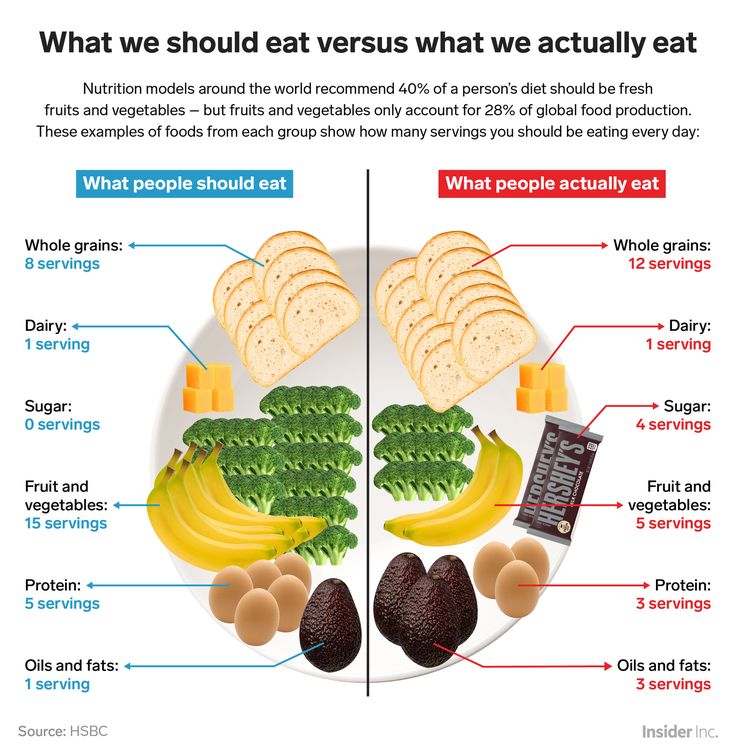 When your baby accepts this, offer them pieces of chicken, minced meat, flaked fresh or canned fish (in spring water), mashed tofu, mashed legumes, scrambled or mashed boiled eggs. Don’t add salt and avoid processed meats as they also have a lot of salts.
When your baby accepts this, offer them pieces of chicken, minced meat, flaked fresh or canned fish (in spring water), mashed tofu, mashed legumes, scrambled or mashed boiled eggs. Don’t add salt and avoid processed meats as they also have a lot of salts.
Milk, cheese, yoghurt — breast milk or formula should be used for up to 12 months, then small amounts of milk can be added to foods like porridge. Grated cheese is good in mashed vegetables. Choose yoghurt without added sugar. Add fruit for extra flavour.
How much?
Babies grow at different rates at different times. Their appetite can vary even from day to day.
Babies don’t know what to eat but they know how much. Take your cue from your baby. Healthy babies turn away or lose interest when they’ve had enough.
Finger foods and self-feeding
By 9 to 12 months, most babies like finger foods.
Some also like their own spoon at that age. It will be messy, but learning to feed themselves is important.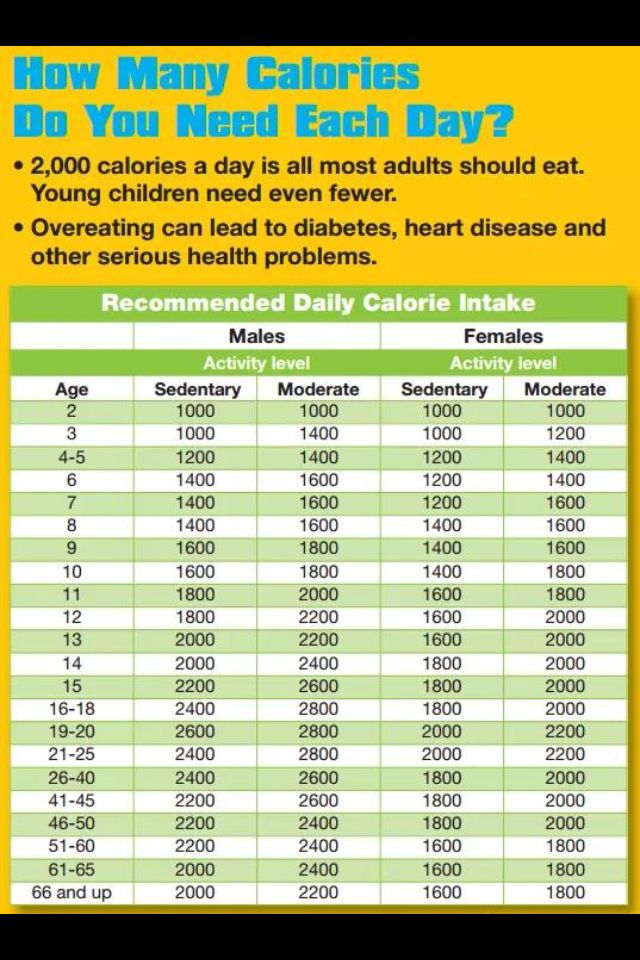
By 12 months, serve the same healthy food you serve your family, but without hot spices.
Encourage infants to feed themselves.
If you have stopped breastfeeding, switch to ordinary cow’s milk after 12 months. Use a cup rather than a bottle. Limit the amount of cow’s milk to around 500ml per day. Under health professional supervision, you can use full fat rice milk or oat milk with at least 100mg calcium per 100mL if you want, as long as other sources of protein are included (meat, chicken, fish, eggs, legumes or nut butters).
Your child doesn’t need toddler milk products.
If your family doesn’t use animal products, your baby may need a vitamin B12 supplement. Discuss this with your doctor.
Learn more here about the development and quality assurance of healthdirect content.
Meal Plan For an 8-Month-Old Baby: Feeding Schedule and Tips
What are the best foods for an 8-month-old baby?
A wholesome and healthy diet that contains the correct quantity of protein, carbohydrates, minerals, and vitamins is crucial for the growth of your baby.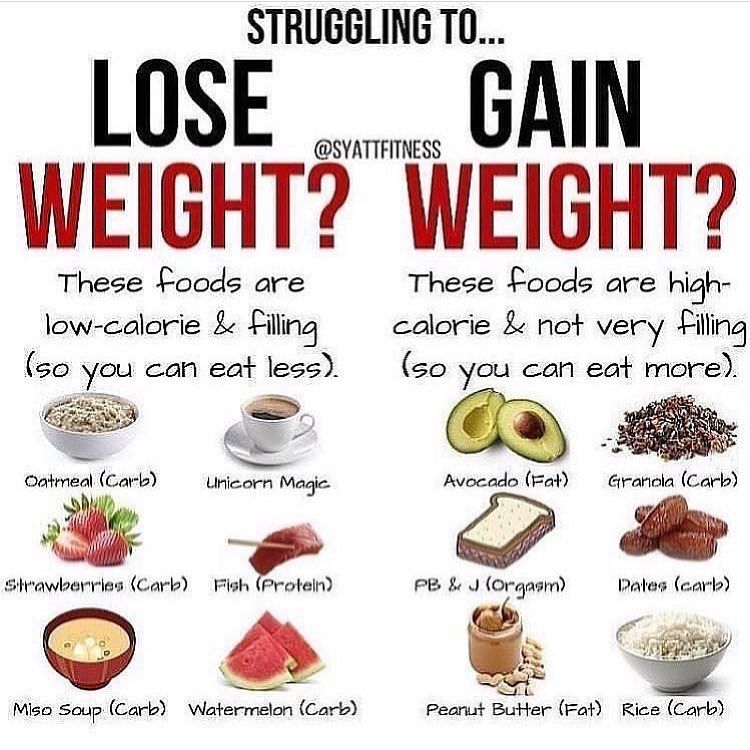 A correct mix of all these nutrients is found in a wide variety of food items.
A correct mix of all these nutrients is found in a wide variety of food items.
A menu for an 8-month-old baby should include the following foods:
- Fruits — Fresh fruits form a vital source of a wide variety of minerals, vitamins, and other types of micronutrients. Fruits cut into cubes and cooked until soft make excellent finger foods for babies of this age. Please remember to use fruits that grow in your region or at least are very widespread. That will help lower the risk of an allergic reaction.
- Vegetables — At this age, your baby may shift from eating mashed vegetables to chewing small pieces of steamed vegetables. Soft cooked vegetables also make excellent finger foods for babies. As with fruits, to reduce the chance of an allergic reaction, don’t try anything exotic.
- Fish — You can also introduce fish to an eight-month-old baby. Fish such as salmon and tuna is a rich source of omega-3 fatty acids and is excellent for the development of the brain and growth of babies.
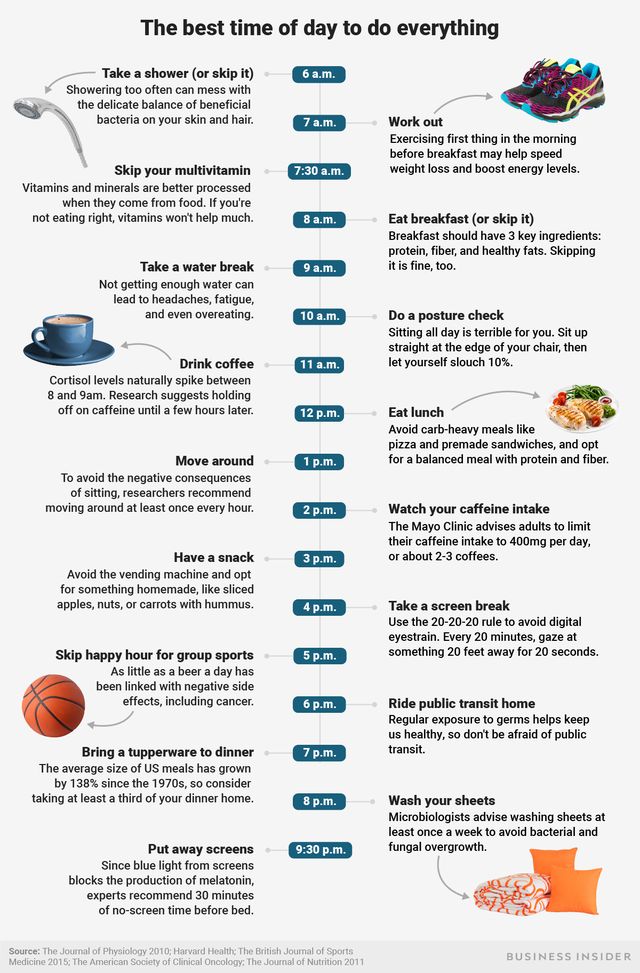 You can offer fish as a soup or as a puree to your baby.
You can offer fish as a soup or as a puree to your baby. - Dairy — Yogurt and cheese made from pasteurized milk are excellent sources of calcium for eight-month-old babies. You can include cottage cheese, cheddar, jack, and colby cheese. Soft cheeses including blue cheese and brie can pose a health risk, so hold off on these for now.
- Protein — You can include various foods that are rich in protein for an eight-month-old’s diet. Some protein-rich foods include legumes, beans, beef, egg yolks, chicken, fish, tofu, turkey, and pork. You can cook these foods and puree them or chop them into small pieces.
- Cereals and grains — You can mix together some of the cereals that your eight-month-old baby is already eating without producing a reaction. You can also introduce muffins and bread into the meal plan for your eight-month-old after your baby is able to enjoy foods with more texture. Pasta mixed with cheese is a popular favorite for babies of this age.
 The seeds and grains that you can include in your eight-month-old’s menu are amaranth, quinoa, rice, oats, wheat, sesame, spelt, barley, buckwheat, and millet.
The seeds and grains that you can include in your eight-month-old’s menu are amaranth, quinoa, rice, oats, wheat, sesame, spelt, barley, buckwheat, and millet.
Take a quiz
Find out what you can do with our Health Assistant
8-month-olds feeding schedule
Making a feeding schedule for your eight-month-old baby is very personal. You will get familiar with your child’s cues gradually and can start to develop a schedule of sleeping, playing, and eating that meets the needs of your whole family. While creating an 8-month-old’s feeding schedule, remember that most babies this age need the following:
- Solid foods at least twice or three times a day along with 25 to 32 ounces of formula or breast milk every 24 hours. You can start increasing the quantity and variety of the foods in your 8-month-old baby’s diet. You can also try introducing a sippy cup and finger foods.
- About 13 to 14 hours of sleep every 24 hours (including naps and overnight).
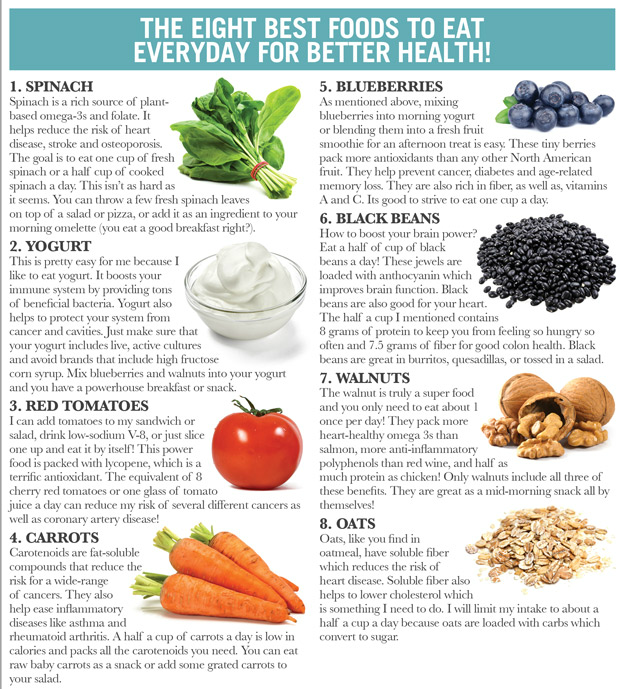 Babies at this age often take two naps during the day — one in the morning and the other in the afternoon.
Babies at this age often take two naps during the day — one in the morning and the other in the afternoon. - Social interaction with their primary caregivers lets children play and work on developing new skills.
Sample meal plan for an 8-month-old
Preparing an 8-month-old’s meal plan may become more challenging as your child begins eating solid foods.
A sample meal plan for an eight-month-old baby is as follows:
Breakfast
- Mashed egg or cereal: ¼ to ½ cup
- Diced fruit: ¼ to ½ cup
- Breast milk or formula: 4 to 6 ounces
Snack
- Breast milk, formula, or water: 4 to 6 ounces
- Cooked vegetables or diced cheese: ¼ cup
Lunch
- Meat, cottage cheese, or yogurt: ¼ to ½ cup
- Orange or yellow vegetables: ¼ to ½ cup
- Breast milk or formula: 4 to 6 ounces
Snack
- One whole-grain cracker or teething biscuit
- Diced fruit or yogurt: ¼ cup
Dinner
- Diced tofu or meat: ¼ cup
- Green vegetables: ¼ to ½ cup
- Potato, rice, pasta, or noodles: ¼ cup
- Fruit: ¼ cup
- Breast milk or formula: 4 to 6 ounces
Before bedtime
- Water, breast milk, or formula: 6 to 8 ounces (if you are giving your child breast milk or formula before bed, it’s a good idea to also give them water afterwards)
Eight feeding tips for an 8-month-old baby
Here are few tips to keep in mind while feeding your 8-month-old baby.
1. Don’t forget the breast milk or formula
At eight months, your child needs about 750 to 900 calories per day, from which 400 to 500 calories should come from formula or breast milk (approximately 720 ml or 24 ounces per day). They no longer need the calories from breastfeeding or formula once they turn one.
2. Stick to one feeding position and location
While feeding your baby, it’s best to try to stick to one feeding position and location. This helps develop a strong relationship between the place and the food. High chairs not only make mealtimes trouble free, but they are also excellent at teaching your child how to sit still while eating. They also help minimize choking hazards and keep food mess more or less isolated.
3. Don’t mash the food completely
Another thing to keep in mind while preparing food for an eight-month-old baby is not to mash the food completely. Instead keep the consistency somewhat grainy. This can help your baby transition from pureed foods to solid foods more easily.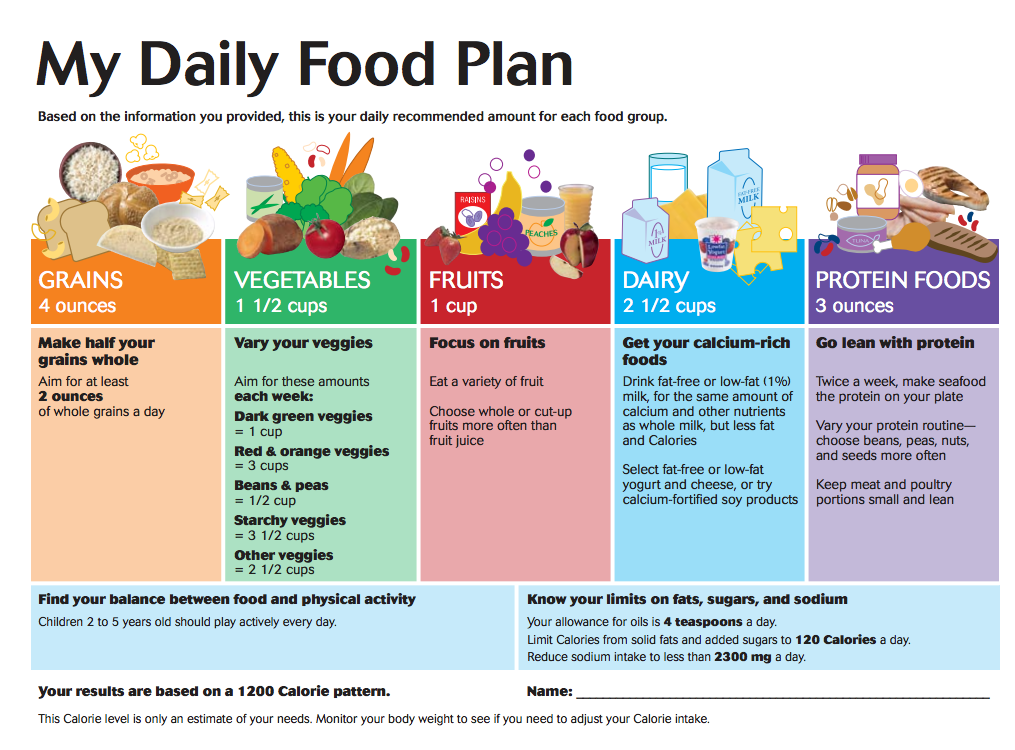
4. Don’t add salt or sugar yet
Salt and sugar can put unnecessary load on babies’ kidneys. Furthermore, eating too much salt during childhood has been shown to lead to higher risks of diseases such as hypertension, kidney disease, osteoporosis, and cardiovascular diseases later in life. Similarly, adding sugar to your baby’s diet can lead to tooth decay and cavities. Excessive sugar intake may also suppress immunity and make children more prone to developing diabetes, obesity, and cardiovascular diseases in adulthood.
5. Try to avoid plastic
If possible, store foods for your baby in containers made of glass or steel. Plastic sometimes contains harmful chemicals that can contaminate the food.
6. Avoid fried foods
Swap fried foods for steamed vegetables and fruits.
7. Be careful about allergies
When you are introducing new foods into an 8-month-old’s meal plan, make sure to introduce them one at a time, by themselves. This will help you identify any food allergies.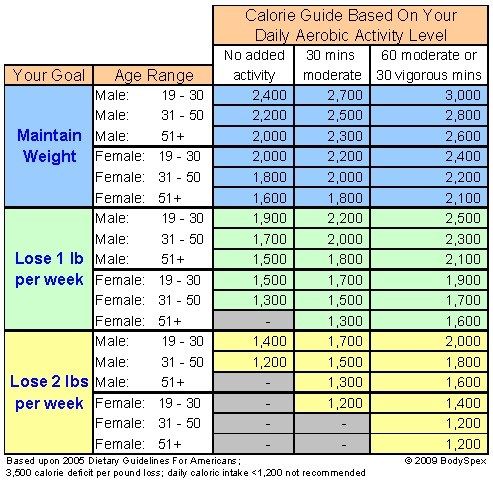 Health experts recommend that you wait at least four days between introducing new foods.
Health experts recommend that you wait at least four days between introducing new foods.
As you introduce new foods, look for possible allergic reactions such as hives, difficulty breathing, or rashes. If there is a family history of food allergies, particularly for eggs, nuts, and dairy products, exercise extra caution.
8. Don’t use cow milk yet
Cow milk doesn’t contain the essential nutrition that your baby needs at this age, so wait until they turn one before introducing it. Cow milk contains more salt, protein, calcium, and potassium than formula or breast milk. This can raise the load on babies’ kidneys.
By eight months, your baby is probably able to easily swallow mashed foods and beginning to chew soft and cooked solid foods. However, they’re still getting at least half their calories from formula or breast milk. The best foods for an eight-month-old baby are fruits, vegetables, fish, dairy, chicken, eggs, cereals, and grains.
Try to arrange the feeding schedule of your eight-month-old baby according to their personal needs and those of your family. While preparing an 8-month-old baby’s meal, don’t mash the food completely. Avoid salt and sugar, and try to store leftovers in glass or steel. Be careful about food allergies, and don’t introduce cow milk until your child is one year old.
While preparing an 8-month-old baby’s meal, don’t mash the food completely. Avoid salt and sugar, and try to store leftovers in glass or steel. Be careful about food allergies, and don’t introduce cow milk until your child is one year old.
the optimal menu for an eight-month-old baby
01/29/2019
42
When my child was 8 months old, I began to be advised to make adult food the basis of his diet and reduce the number of feedings. But I decided to study the issue and share with you. Let's find out how the eating behavior of an 8-month-old baby changes.
Important foods for an eight-month-old baby
At this age, breast milk or formula is still the main food for a baby. Their volume will reach 700-900 milliliters per day. But adult food is still in second place, although the composition of complementary foods is already expanding. The child becomes more and more familiar with new tastes, he develops food interest.
Let's see what can be added to the diet:
Cereals:
In addition to buckwheat, rice and corn, oatmeal is added. Also, a child can already try pasta and vermicelli for soups. But it is better to introduce bread not earlier than a year.
Vegetables:
In addition, broccoli and cauliflower, spinach, green beans are introduced.
Fruits
The child can already taste bananas, prunes, plums, peaches, nectarines and apricots.
Meat
Add turkey, rabbit, chicken and veal to your menu. But soups with meat broth should be avoided for the time being.
Eggs
Since eggs can cause allergies, the hard-boiled yolk is given a taste first. A whole egg can be given after a year. nine0003
Fish
This is a new food item. For an eight-month-old baby to get acquainted with fish, cod is suitable.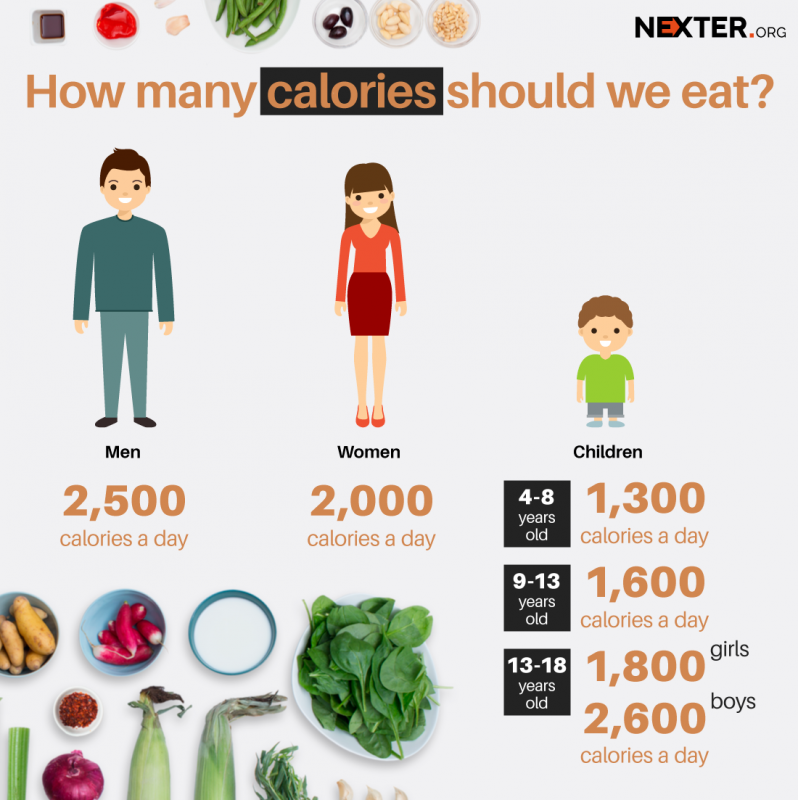
Butter
Choose butter, olive and sunflower oils.
Dairy products
Many mothers introduce them as early as possible to provide the baby with calcium. You can give pureed cottage cheese and yogurt.
Biscuits
Baby biscuits should be added in small portions if the child already chews well. nine0003
Drinks
In addition to breast milk or formula, offer your baby other liquids such as water, juice or compote.
How to cook and serve food
Cooked fruits and vegetables can be given to your child. We cook food mostly still in a soft and puree form. It is better to make porridge boiled to feed the baby.
At this age, the child begins to pick up food on his own and already knows how to chew better. To practice these skills, offer food in the form of pieces so that he can take them by hand.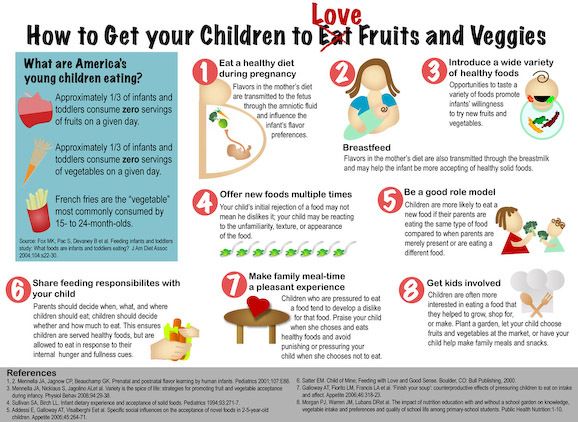 For example, bananas, pasta, meat and vegetables. Never leave your baby unattended while feeding. Do not give grapes, raw carrots, raisins, as they are easy to choke on. nine0003
For example, bananas, pasta, meat and vegetables. Never leave your baby unattended while feeding. Do not give grapes, raw carrots, raisins, as they are easy to choke on. nine0003
Offer new food in the morning. And in the evening you can have the dishes familiar to the child.
A table with an example of what the daily menu of an 8-month-old baby might look like (suitable for both breastfeeding and IV):
Remember that this is just one example of nutrition at this age.
When introducing new products and monitoring the nutrition of an eight-month-old baby, be guided by the baby and his taste preferences. nine0003
Nutrition and sleep
Often mothers try to introduce complementary foods early, thinking that their child wakes up at night from hunger. They hope that giving solid food before bed will solve the problem. But in fact, this is not food, but the ability to fall asleep on your own will help the child not wake up at night and a properly formed regimen for this age.
But in fact, this is not food, but the ability to fall asleep on your own will help the child not wake up at night and a properly formed regimen for this age.
Share in the comments, do you have problems feeding your 8-month-old baby or is everything okay? nine0090
Like this article? Rate:
Votes: 428
Eight-month-old baby's diet
You can start introducing fish into your baby's diet in the ninth month. Along with animal meat, fish is a source of complete protein with a well-balanced composition of amino acids, fat, vitamins B2, B12 and minerals. Compared to meat, fish contains 5 times less connective tissue, due to which it is quickly boiled soft, has a delicate texture after heat treatment and is easier to digest. Fish oil is characterized by a high content of polyunsaturated fatty acids, including the ω-3 class. These substances are necessary for the child to mature the brain, retina, strengthen the cardiovascular and immune systems.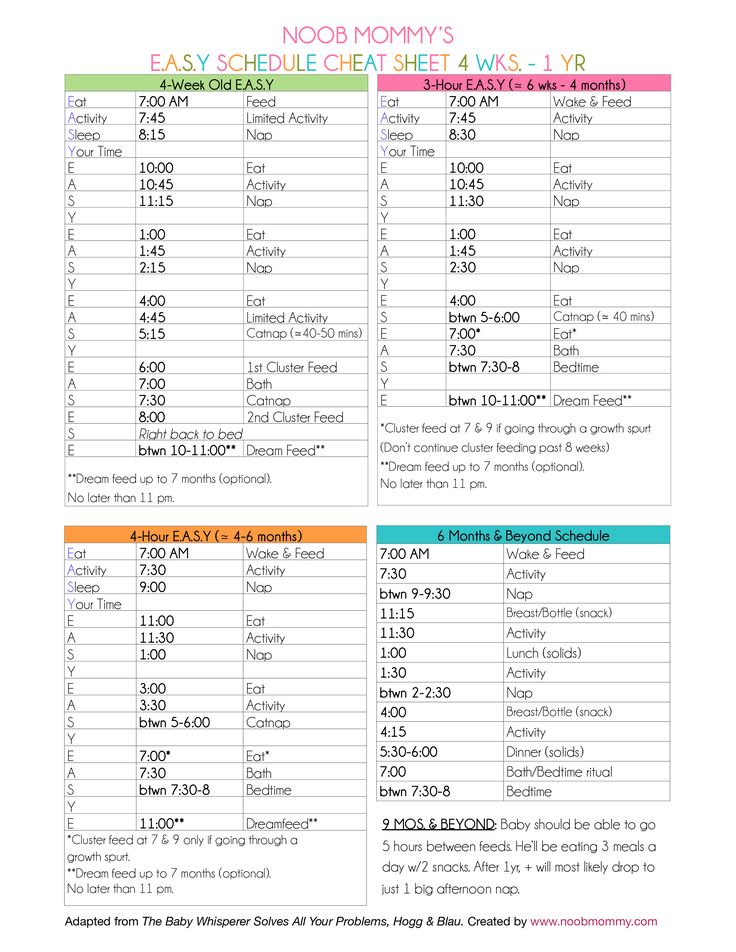 Sea fish contains such important trace elements for the child's body as iodine and fluorine. The child should be given 1-2 times a week instead of meat, be sure to monitor how the child tolerates fish in general and its individual varieties. Preference should be given to oceanic fish, preferably white (cod, hake, pollock), red salmon can be recommended, river pike perch, carp. nine0003
Sea fish contains such important trace elements for the child's body as iodine and fluorine. The child should be given 1-2 times a week instead of meat, be sure to monitor how the child tolerates fish in general and its individual varieties. Preference should be given to oceanic fish, preferably white (cod, hake, pollock), red salmon can be recommended, river pike perch, carp. nine0003
Self-cooked fish is given to a child with boiled and mashed vegetables. You can also offer your baby fish and vegetable canned food, but they contain only 10 - 20% of fish.
At this age, when all the main food groups have already been introduced, special attention should be paid to the diversity of the composition of dishes. New, possibly combined products are introduced, for example, not only purees from various fruits and berries, but also their combinations with cottage cheese, cream, cereals, etc.
From the age of 8 months, the child's diet can be expanded to include fermented milk products (baby kefir, biokefir, bifidokefir, yogurt, bioyogurt, biolact). Fermented milk products are prepared using a special starter culture that breaks down milk protein, so that the baby can get an indispensable set of amino acids in a well-available form. Fermented milk products improve the composition of the intestinal microflora of the child, are rich in B vitamins and calcium. Their regular use favorably affects the functioning of the intestines, stimulates appetite, and increases the absorption of micronutrients. Children's dairy products are introduced into the baby's diet gradually, starting with 1 tsp. and with good tolerance increase their volume to 150-200 ml per day. nine0003
Sample menu for a healthy baby 8 months
| I feeding 6 hours | Breast milk or infant formula | 200 ml |
| II feeding 10 hours | Dairy-free* or milk porridge Butter Boiled egg yolk Fruit puree Fruit juice | 180 g |


